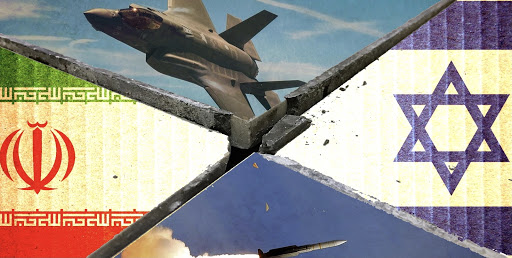
Last week, two civilian crew members aboard the oil tanker Mercer Street were killed when so-called suicide drones detonated above its bridge as it sailed in the Arabian Sea.
The vessel is registered in Liberia and owned by a Japanese firm, but it is managed by the London-based company Zodiac Maritime, which is owned by Israeli billionaire Eyal Ofer.
It is the first time civilians have been killed in a shadowy battle between Israel and Iran. Israeli, US, and UK officials have blamed Tehran, which has denied involvement.
On Friday, the US military said the drones used were “nearly identical” to others used by Iran in the past.
The deaths, coming amid ongoing tensions and political uncertainty after elections in Israel and Iran, have raised concerns that this could escalate into an overt war between two of the region’s most capable militaries.
Iran has responded to the accusations by saying that it “will respond promptly and strongly to any possible adventure,” while Israel’s defense minister on Thursday said Israel was “at a point where we need to take military action against Iran.”
Quality vs. quantity
On paper, Iran’s military has a number of advantages over Israel, particularly in the size of its military.
Iran’s population of 84 million is much larger than the roughly 9 million people in Israel, allowing Iran to field an active-duty force of 525,000 troops, compared to Israel’s 170,000.
Iran, which relies on irregular and asymmetric warfare on land and at sea, has invested heavily in its paramilitary forces; the Islamic Revolutionary Guard Corps and the Islamic Revolutionary Guard Corps together comprise over a million troops, while Israel has only a few thousand comparable forces.
Iran also has a larger Navy, more tanks and armored vehicles, and greater access to fuel.
But Israel has a qualitative edge. Iran has been prevented from buying the best foreign equipment by international sanctions, which have also inhibited Iran’s development of a defense industrial base.
Iran’s tank force, for instance, is mostly T-72s and Iranian copies of the T-54 and T-55, which are widely considered inferior to the Israeli Defense Force’s Merkava Mark IV, which is seen as one of the best-armored tanks in service and has completely modern electronics, including the Trophy Active Protection System.
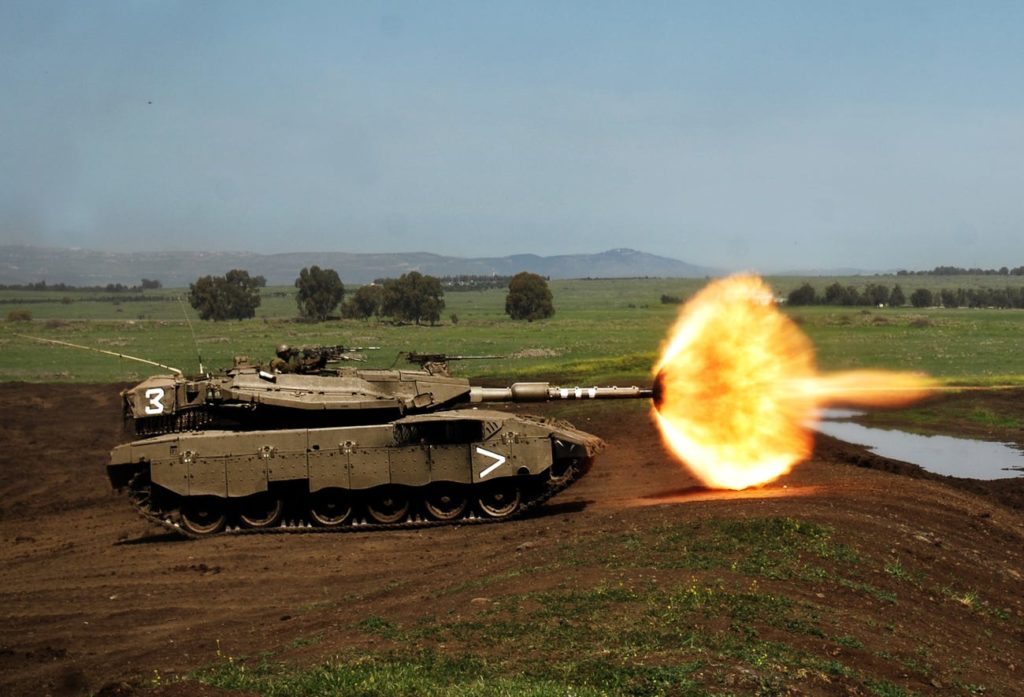
Iran’s domestically designed tanks, like those of the Zulfiqar series and the new Karrar MBT, are also either based on outdated designs or hindered by Iran’s industrial limitations.
Iran’s Navy is larger and is modernizing but still has shortcomings. Israel’s Navy, thanks to a robust domestic defense industry and access to US and European suppliers, has advanced missiles and vessels, including submarines with air-independent propulsion systems.
Israel’s air force is larger than Iran’s and has long been regarded as one of the best in the world. The IAF’s primary fighting force consists of 66 F-15s, 175 F-16s, and at least 27 F-35 stealth fighters. The IAF expects to get another 23 F-35s by 2024 and plans to have 75 in total.
In comparison, the backbone of Iran’s air force (IRIAF) is 63 F-4s and 26 F-14s, all of which are aging and suffer from lack of spare parts. (Iran is the only country that operates the US-made F-14.)
Iran does have about 59 Chinese and Russian models — including 19 MiG-29s and 23 Su-24s from Russia and 17 F-7s from China — but the IRIAF’s domestic fighters are copies of US jets from the 1960s.
Nuclear weapons
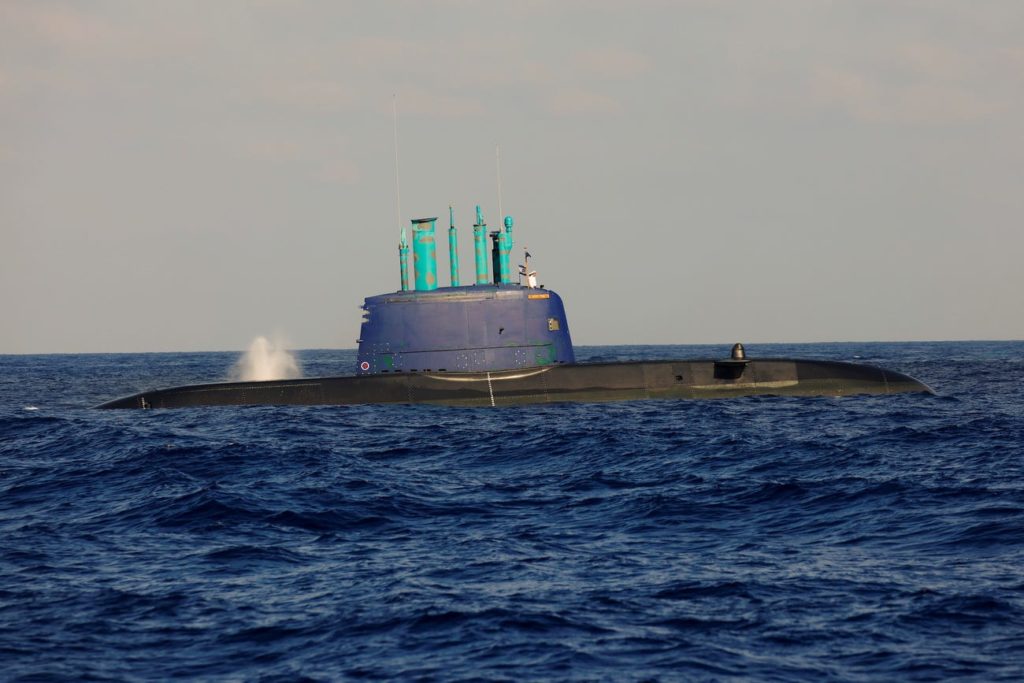
REUTERS/Amir Cohen
Israel and Iran’s conventional forces may not be the only ones used in a conflict.
Israel is believed to have at least 90 nuclear warheads and enough plutonium for 100 or 200 more weapons. It can deliver those weapons by aircraft or with missiles. (Israel has one of the region’s most advanced missile arsenals.)
Israel’s Jericho III intermediate-range ballistic missile is believed to have a range between 3,000 miles and 4,000 miles. Israel can likely also launch nuclear-armed cruise missiles from its Dolphin-class submarines, which are believed to operate near the Persian Gulf.
Iran pursued nuclear capabilities in the late 1980s and early 1990s, and while Tehran says it doesn’t seek nuclear weapons now, its recent enrichment activity has raised questions about its true aims. (Israeli officials frequently accuse Iran of being weeks or months away from producing nuclear weapons.)
A 2015 deal signed by Iran and five Western countries would have limited Iran’s nuclear activity in exchange for sanctions relief. President Donald Trump unilaterally withdrew from the accord in 2018 and took a hardline approach to Iran, including additional sanctions.
Iran, blaming the US for reneging on the agreement, has since begun violating it.
Iran also continues to improve its missile arsenal, with at least 18 models of cruise and ballistic missiles with ranges from 200 miles to 2,000 miles that are either operational or in development. Iran has already launched missiles at targets in Saudi Arabia and at US military bases in Iraq.
A regional war
Israel also has another advantage that Iran does not: allies. The US and Israel have an extremely close relationship, cooperating on military and intelligence issues — especially Iran.
The two countries hold two alternating biennial exercises, Juniper Cobra and Juniper Falcon. The most recent Juniper Falcon exercise concluded last week.
“The US has a long-standing and steadfast commitment to the people of Israel and their right to self-defense,” Lt. Gen. Steven Basham, deputy commander of US Air Forces in Europe and Africa, said at the exercise.
Israel may also receive tacit support from Arab Gulf states like Saudi Arabia and the UAE, both of which are extremely wary of Iran.
Iran has a network of proxies, most notably the Lebanese group Hezbollah, which has operations across the region and around the world.
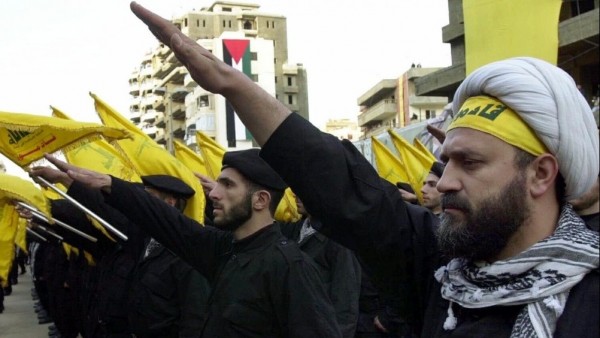
These forces don’t have the capabilities of Israel or its partners but could still have an effect on a conflict. Israel regularly strikes Hezbollah targets in Syria, and the US has launched strikes against Iranian-backed militias in Iraq.
A war between Israel and Iran, then, is highly likely to spill over into other parts of the region and world. The consequences of such escalation may restrain both sides.
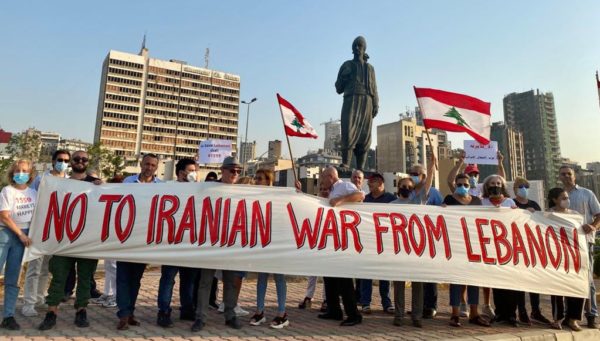
That means the shadow war will likely continue, with both countries relying on their intelligence services, airpower, and naval forces to hit each other’s assets at sea and on land when there is an opportunity to do so without sparking a broader conflict.
Business Insider
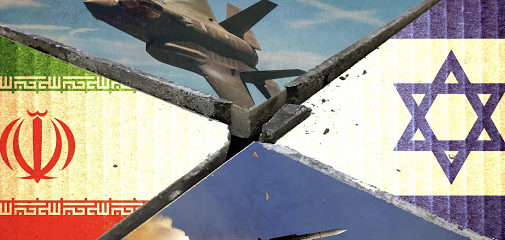
Leave a Reply
You must be logged in to post a comment.